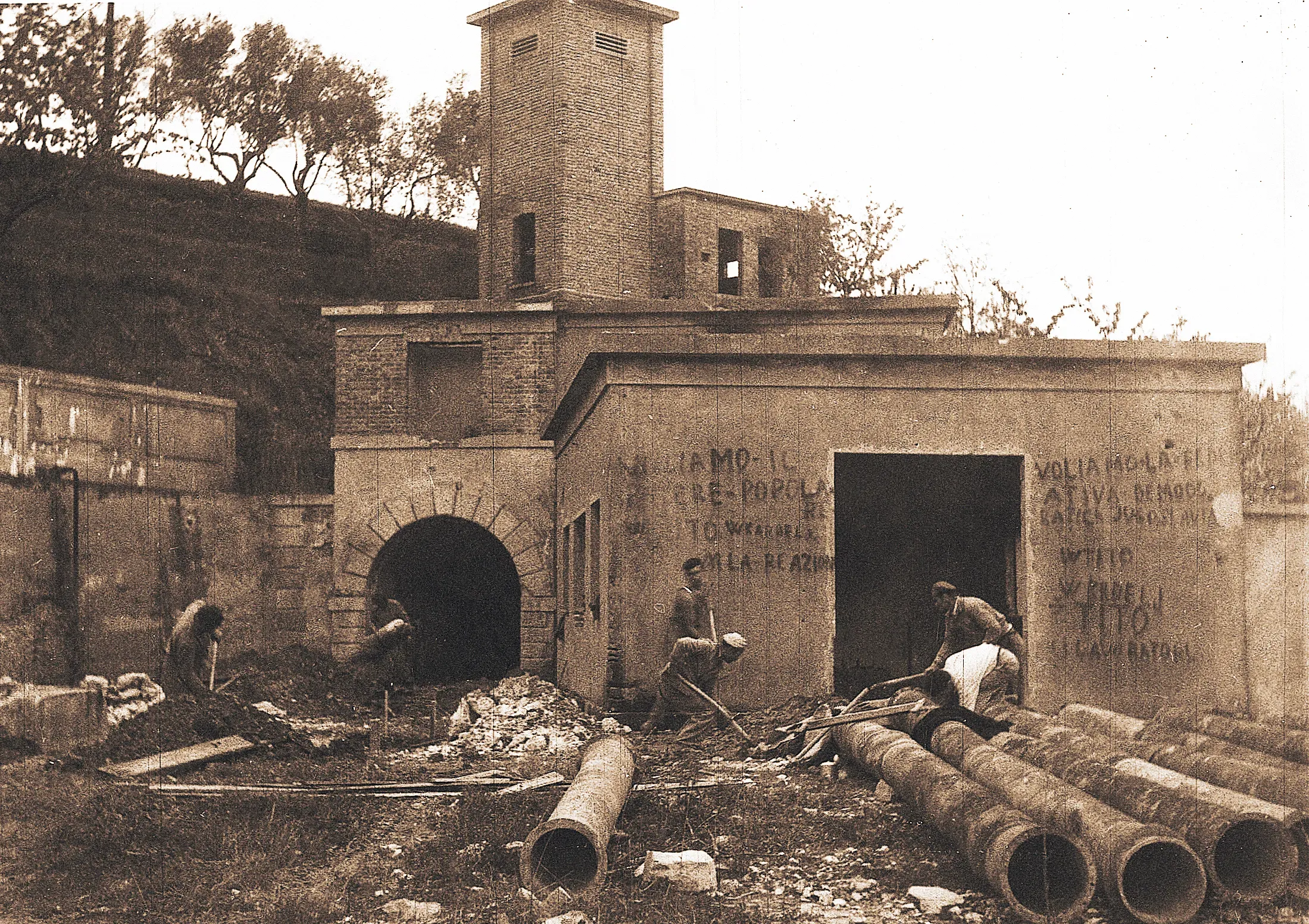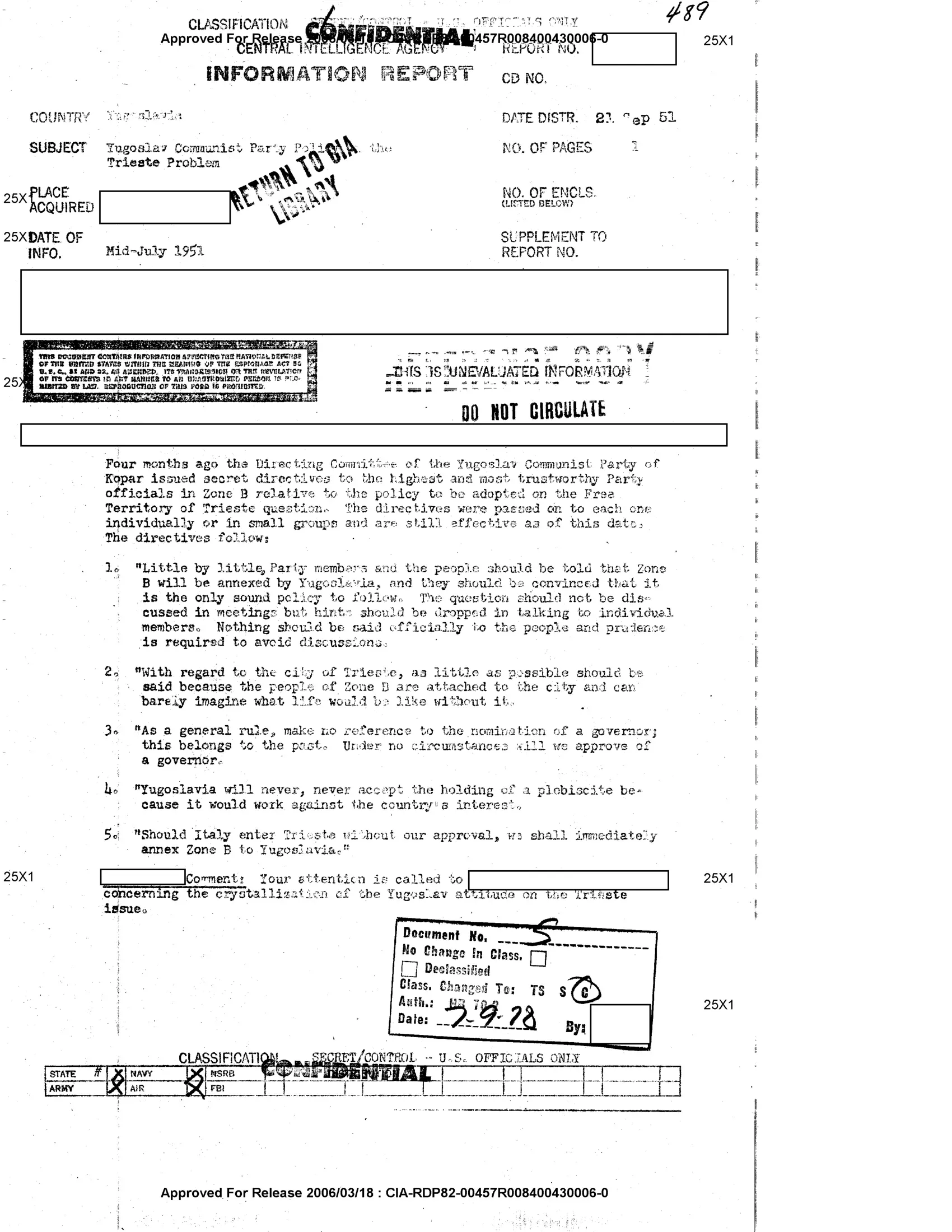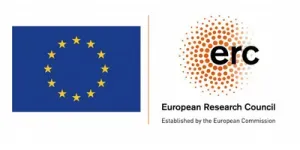n the Alps-Adriatic area, the locals for centuries secretly traded salt and salted fish, cattle and meat, tobacco and wool, coffee and oil, eggs, milk and cheese, even coal. During fascism, smuggling continued to be a socially accepted practice of the poor. After World War II, people became even more resourceful, as the new political borders were very difficult to cross. Now economic and labour ties were disrupted; different currencies, wage levels and prices existed.
Trieste was difficult to reach; commuters were deprived of their livelihoods. The region was full of military and police who were to sanction smugglers, but in practice often looked the other way, or were even involved in smuggling themselves. Until the early 1950s many people lived on ration cards and sold goods such as sugar on the black market. Procuring materials needed for reconstruction from across the border was always an option. When the Udine Agreement (1955) liberated local sea and land border crossings between Italy and Yugoslavia, smuggling became easier again.

People
People
Danilo Petrinja was a leading figure in the industrialisation of Koper/Capodistria. Interviewed in 2000, he related how illegal cross-border exports to and imports from Italy helped provide electricity to Istrian villages. Similarly, it was much cheaper to illegally build water pipes across the border.




